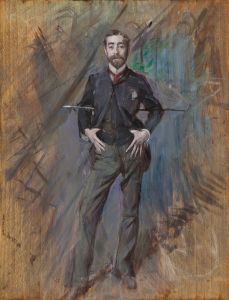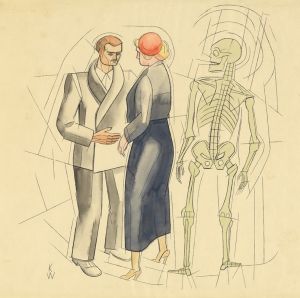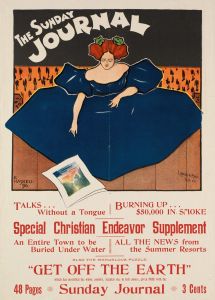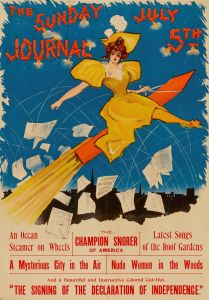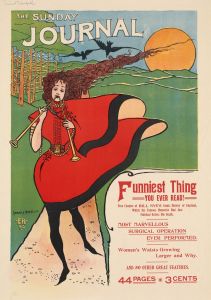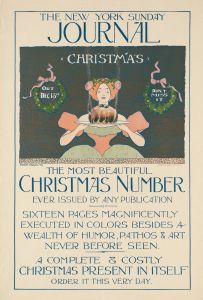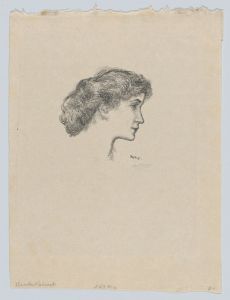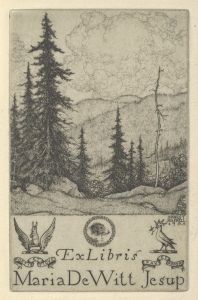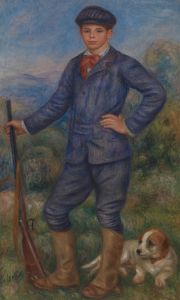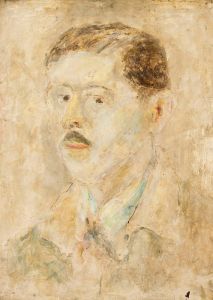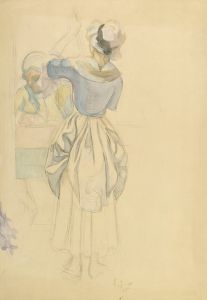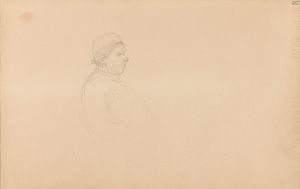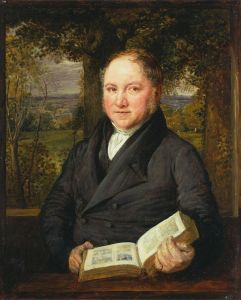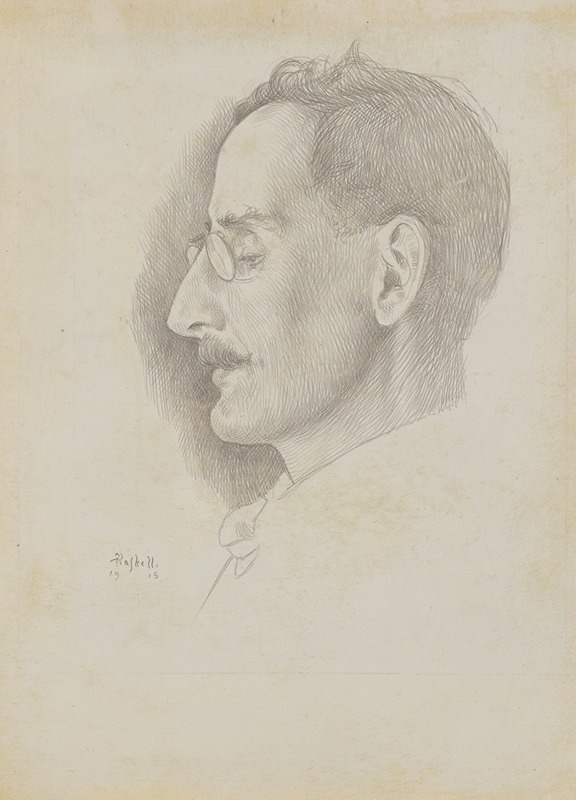
Unidentified Man
A hand-painted replica of Ernest Haskell’s masterpiece Unidentified Man, meticulously crafted by professional artists to capture the true essence of the original. Each piece is created with museum-quality canvas and rare mineral pigments, carefully painted by experienced artists with delicate brushstrokes and rich, layered colors to perfectly recreate the texture of the original artwork. Unlike machine-printed reproductions, this hand-painted version brings the painting to life, infused with the artist’s emotions and skill in every stroke. Whether for personal collection or home decoration, it instantly elevates the artistic atmosphere of any space.
Ernest Haskell was an American artist known for his work in illustration, printmaking, and painting during the late 19th and early 20th centuries. He was born on June 30, 1876, in Woodstock, Connecticut, and became recognized for his distinctive style and contributions to the art world. Haskell's work often included portraits, landscapes, and posters, showcasing his versatility and skill across different mediums.
One of Haskell's notable works is "Unidentified Man," a portrait that exemplifies his talent in capturing the essence and character of his subjects. While specific details about the painting "Unidentified Man" are limited, it is representative of Haskell's broader body of work, which often focused on detailed and expressive portrayals of individuals. Haskell had a keen eye for detail and a unique ability to convey the personality and mood of his subjects through his art.
Haskell's career began in the late 19th century, and he quickly gained recognition for his innovative approach to illustration and printmaking. He was particularly known for his etchings and lithographs, which were highly regarded for their precision and artistic quality. Haskell's work was influenced by the Art Nouveau movement, which is evident in the flowing lines and intricate details present in many of his pieces.
Throughout his career, Haskell worked on a variety of projects, including magazine illustrations, advertisements, and book covers. His ability to adapt his style to suit different purposes made him a sought-after artist in the commercial art world. Despite his success in commercial art, Haskell remained dedicated to his personal artistic pursuits, often creating portraits and landscapes that reflected his own artistic vision.
Haskell's contributions to the art world were recognized during his lifetime, and his work was exhibited in various galleries and exhibitions. He was part of the vibrant art scene in New York City, where he interacted with other prominent artists and was influenced by the cultural and artistic movements of the time.
In addition to his artistic achievements, Haskell was also known for his adventurous spirit and love of travel. He often drew inspiration from his travels, incorporating elements of different cultures and landscapes into his work. This sense of exploration and curiosity is reflected in the diversity and richness of his artistic output.
Ernest Haskell passed away on November 1, 1925, leaving behind a legacy of artistic innovation and excellence. His work continues to be appreciated for its technical skill and artistic depth, and he remains an important figure in the history of American art. While specific information about "Unidentified Man" may be limited, it stands as a testament to Haskell's ability to capture the human spirit through his art.





